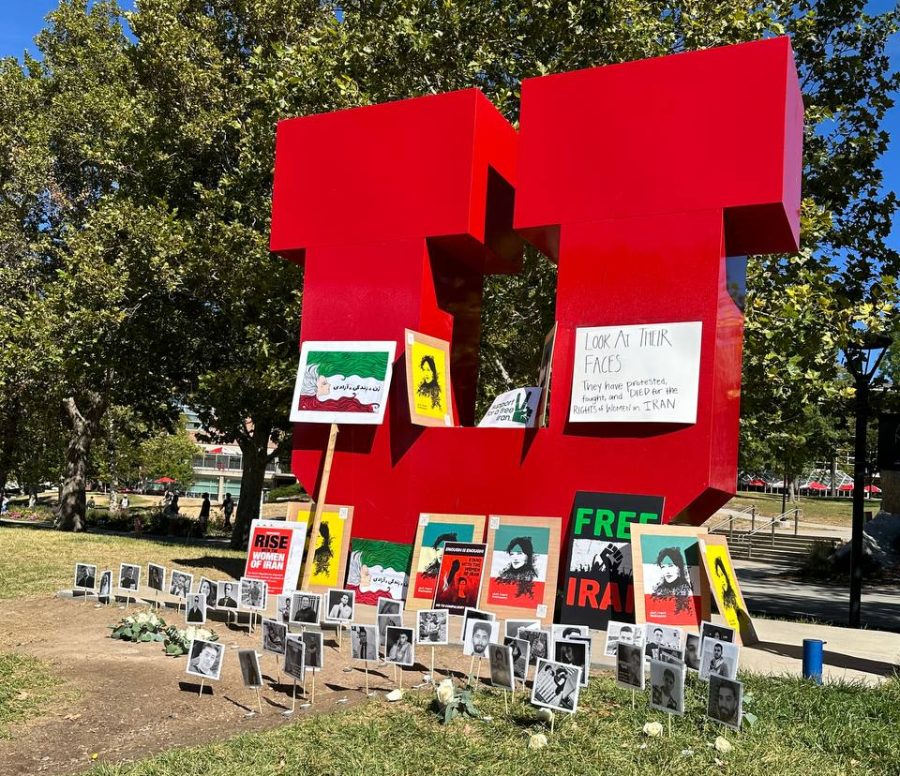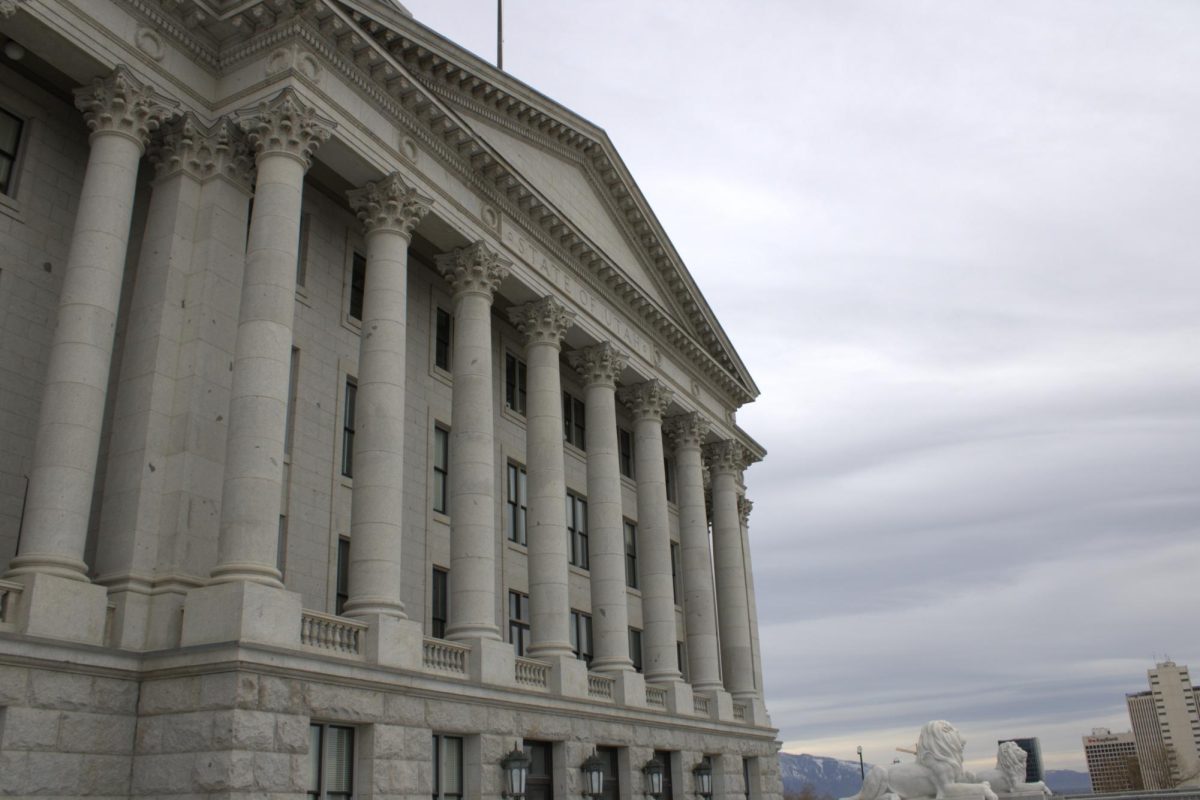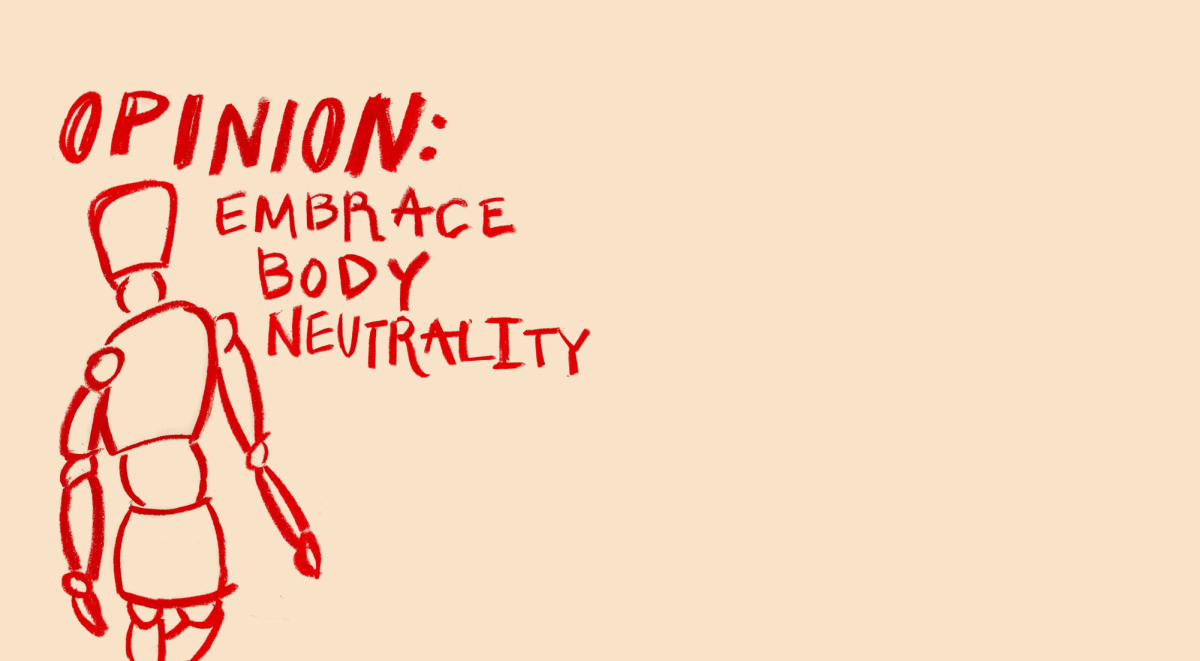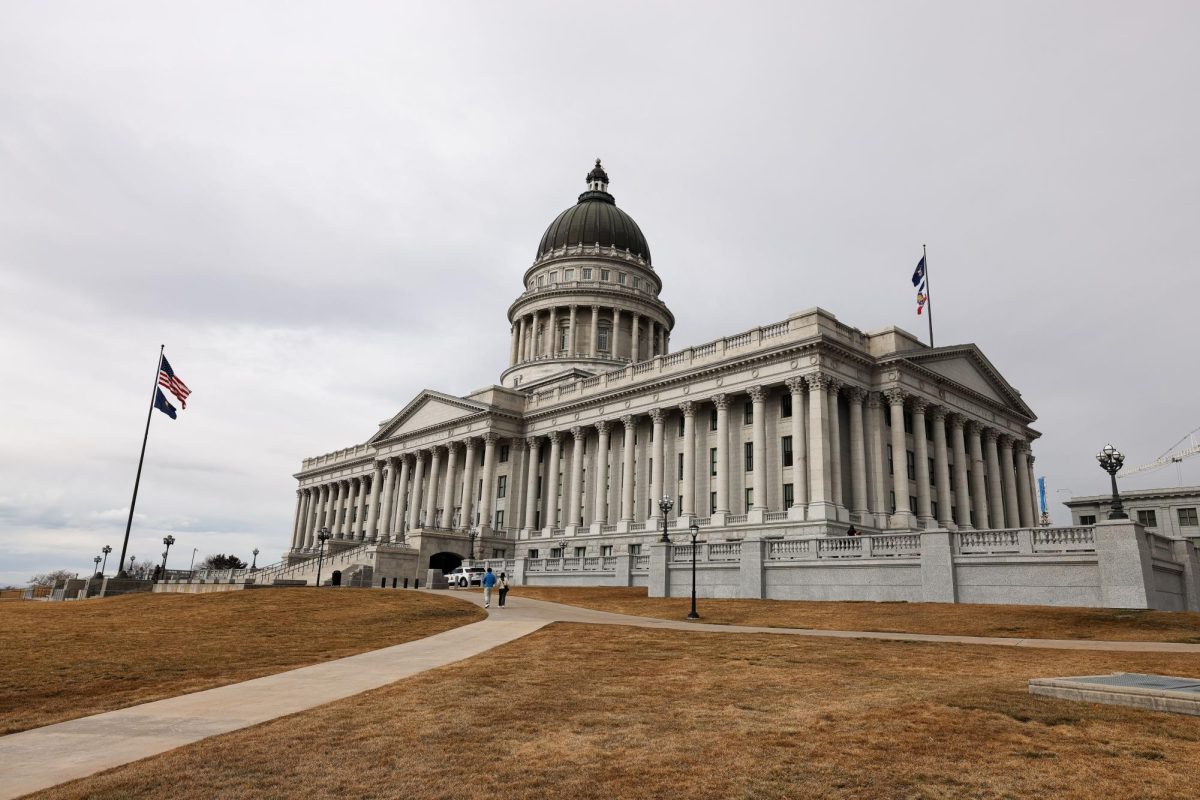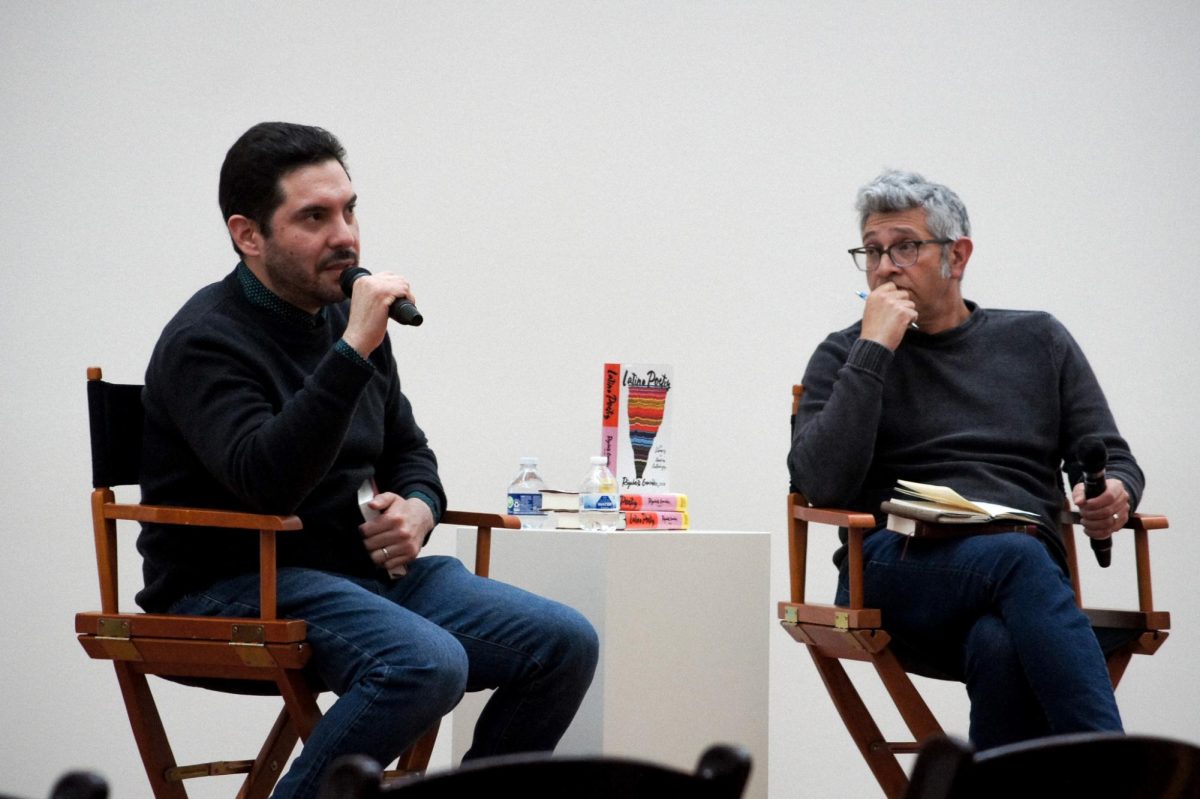100 U Students Gather on Campus in Support of Iranian Protests
The block U decorated with pictures of Amini and people who have died in the Iranian protests on Sept. 27, 2022. (Courtesy the Persian Student Association)
September 29, 2022
On Tuesday, a group of about 100 people gathered outside the A. Ray Olpin Student Union at the University of Utah in support of the recent nationwide protests in Iran, triggered by the death of Mahsa Amini, a 22-year-old woman who was in the custody of Iran’s morality police in mid-September.
Outside the Union building, chants of “say her name” and “Mahsa Amini” were heard around campus, with attendees wearing shirts with Amini’s name and holding signs with her face. Near the end of the event, the group walked to the Block U where they placed photos of Amini and protesters who have “died for the rights of women in Iran,” a sign on the Block U said.
Amini was arrested Sept. 13 for allegedly not following Iran’s dress code for women. Hijabs are mandatory for all Iranian women, according to the Associated Press. Iranian security forces said Amini was taken to a detention center to receive training about the headscarf law, where they said she collapsed and died three days later from a heart attack on Sept. 16. But some reports say she was beaten by the morality police, including a press release from the United Nations.
Since Amini’s death, there have been mass protests across Iran daily, causing the government to deploy security forces who have reportedly responded with live ammunition, pellet guns and tear gas, with many people killed, injured and detained. So far, at least 76 protesters have been killed by Iranian security forces since Amini’s death, according to the BBC.
The protest held at the U, which was held by the Persian Student Association, aimed to spread awareness of what’s happening in Iran and why people are protesting, according to an organizer of the protest, who wished to remain anonymous out of safety concerns.
“I believe that the only thing that we can do … is to be the voice of people who are protesting against the government,” he said. “Show more and more people what’s happening in Iran, what’s happening with women’s rights, what’s happening with people who are being killed in the streets every day — young men and young women — in order to just have basic rights.”
The event began with several speeches including one from a man whose wife’s cousin died in the Iranian protests.
“His only crime was marching for women’s rights and shouting for all Iranians to hear,” the man said, who wished to remain anonymous out of safety concerns. “His only crime was the vision of the liberator’s society. The regime has not allowed his family to mourn his death.”
At the protest, the former president of PSA, who also chose to remain anonymous due to safety concerns, asked that friends, Iranian and non-Iranian, support spreading the awareness of this issue mentioning that “Mahsa is like George Floyd for us now.”
He added that a lot of the Iranians living in the U.S. are students and employees at universities.
“From my perspective, one of the centers that they could have a high impact on the communities [is] the universities,” he said. “This can be the best channel for Iranians to spread the word and also to spread the awareness to the community.”
The organizer said although the protests started because of the death of Amini and fighting against the mandatory dress code that requires all women to wear a hijab in public, the people are now protesting against the regime as a whole.
“People now are fighting not only against the compulsory hijab but also against the regime,” he said. “They want the regime to change.”
Last week, Iran imposed a near-total internet blackout on people in the country, preventing access to platforms including Facebook, Instagram and WhatsApp, in an attempt to make it more difficult for people to organize protests and share information with each other.
Both the former and current president of PSA said they hope to receive more support from the U in spreading awareness of the protests, suggesting it would’ve been appreciated if the university sent an email out to students or at least a statement or social media post about it from President Randall.
“This protest started with women, and what we expect is that the university — the president or the social media of the university — … stand with the women of Iran,” the organizer said. “Let’s not make it political. It’s about women’s rights.”
The organizer said he sent a flyer they posted on their Instagram with all the details of the event Tuesday to the U’s account several days before the event, hoping they would share it on their Instagram story to get the word out more, but they didn’t get a response.
The former president said it’s also important for professors and faculty at the college to understand how the protests will emotionally affect Iranian students at the U “so they just take it easy on them maybe [and] support them when they need.”
a.christiansen@dailyutahchronicle.com


